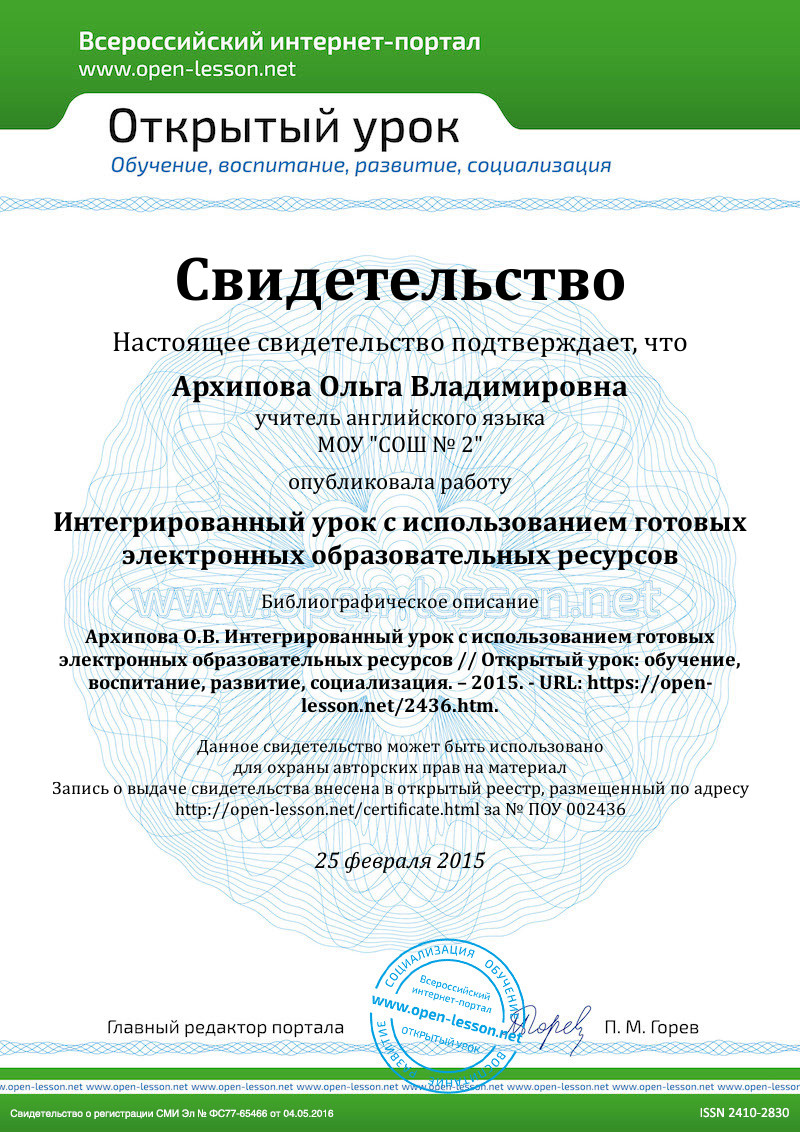Схема отображения среды и характера её влияния. (см. Приложение 1)
Учащиеся должны иметь:
- представление об исторической фигуре Наполеона, времени его правления и навыки описания исторический событий на английском языке;
Уметь: выполнять задания по аудированию (извлекать на слух необходимую информацию)
Оснащение урока:
- компьютер,
- мультимедиа проектор,
- костюм Наполеона,
- черный ящик,
- карта Европы времен Наполеона,
- раздаточный материал (известные высказывания Наполеона). (см. Приложение 2)
Ход урока
1. Озадачивание учащихся темой урока.
Стихия вопрошания
Сомнение в предмете беседы на уроке.
Greeting.
Good after noon! Hello, boys! Hello, girls! Nice to see you. How are you today? Keeping well I hope? Today we have guests in our classroom. Be polite, say “Good Day” to them. Be seated, please.
Well… today you’ll need your knowledge of History, Geography besides English. Look around, please. This is our French classroom. Why are we here? I’ll give you a hint.
На столе появляется черный ящик.
We are going to talk about a man, a French man. He was a powerful man. He was a very important man in European history. He was famous for his sayings.
Can you guess who we are going to talk about? Listen to one of his sayings.
“Never interrupt your enemy when he is making a mistake.”
Who wants to tell? Are you sure? Maybe you are wrong. Think a little.
Let’s check. We have a black box. Let/s open it.
Учитель открывает черный ящик и вынимает костюм Наполеона.
Well done! So, the theme of our lesson is “Napoleon from Schoolboy to Emperor”
2.Ознакомление с исторической личностью Наполеона.
Стихия заинтересованности.
Сосредоточение на новой информации.
Today we’ll visit England, the lesson of History.
Показ видео фрагмента лекции о Наполеоне: www.alleng.ru, Intermediate Listening Comprehension Patricia Dunkel, Phyllis Lim, электронный учебник (video + audio).
This is the story about Napoleon, the French conqueror. Think about this man for a minute. We have a picture of him on our blackboard.
Some people think he was a great man some people think he was a villain – a very bad person. But most people agree that he was one of the most important men in European history.
3. Оттачивание знаний, полученных учащимися.
Стихия усовершенствования.
Совершенствование произносительных навыков.
Подготовка к прослушиванию аудиозаписи о Наполеоне. На экране Page 3.
Vocabulary and Sentences.
Let’s read and translate some words:
emperor – the ruler of an empire;
Napoleon was a French soldier who became emperor of the French Empire.
military school – a school that trains young people to be soldiers or offices;
Napoleon’s father sent him to military school in France.
to excel – to do better than others;
Napoleon excelled in mathematics and military science.
career – an occupation followed as one’s lifework;
fame – recognition, distinction, great honor;
Napoleon began the military career that brought him fame, power, riches, and finally defeat.
victories –conquests, successes;
Napoleon won many, many military victories.
to control – to have power over, to govern by domination;
At one time Napoleon controlled most of Europe.
to lose – to fail to keep, to unable to save;
In the military campaign into Russia Napoleon lost most of his army.
to be deserted – to be left by people who do not plan to return, to be abandoned;
The great French conqueror died alone – defeated by his family and his friends.
4. Озвучивание биографических данных жизни Наполеона.
Стихия направленного внимания.
Соотнесение собственных представлений о Наполеоне с полученной информацией.
Well, we are ready to listen to the talk.
На экране Page 4. Ксерокопия раздается учащимся.
Listening 1.
Now we will hear the talk again. Try to remember dates.
Listening 2.
Take Page 4. Are you ready to do this task or we will listen to the talk again?
For questions 1-4 choose the right answer.
For questions 5-8 write “True” or ‘False”.
The next task.
На экране Page 7. Ксерокопия раздается учащимся. Звучит аудиозапись.
Take Page 7. We will fill in the missing information.
После выполнения задания проверка ответов.
На экране Page 111, Page 112.
5. Обогащение словарного запаса.
Стихия поиска.
Сотрудничество с одноклассниками.
We are going on. Powerful men in history leave behind a number of sayings that linger long after they are dead.
Учащимся раздаются конверты со словами, из которых можно составить предложения.
I’ll give you sayings. They are Napoleon’s sayings. They are cut into pieces. You should make up the whole sentences. You can help each other.
После выполнения задания на доске появляются правильные варианты предложений.
6. Обыгрывание лексического материала.
Стихия театрализации.
Сотворчество с одноклассниками.
Now put Napoleon’s hat on, imagine you are Napoleon and read your sayings artistically.
- Ten men who speak make more noise than 10.000 who are silent.
- In politics, stupidity is not a handicap.
- A man will fight harder for his interests than for his rights.
- Men of genius are meteors intended to burn to light their century.
- I know, when it is necessary, how to leave the skin of lion to take the skin of the fox.
- History is the version of past events that people have decided to agree upon.
7.Обобщение новой информации.
Стихия упорядочивания.
Сохранение полученных знаний.
Подведение итогов. Рефлексия.
Thank you for your work. It was good, excellent, marvelous, gorgeous.
Look at the blackboard.
You’ve got to know some facts about Napoleon’s life;
You’ve completed the map;
You’ve made up Napoleon’s sayings.
And now I want to finish our lesson with one of Napoleon's sayings.
“It is success which makes great men.”
Let success attend you.
The lesson is over. Good-bye.
Список использованных источников.
Intermediate Listening Comprehension Third Edition /Patricia Dunkel, Phyllis Lim – THOMSON HEINLE 2006 – 195 стр. – s. 1-4130-1257-4.
Приложение 1
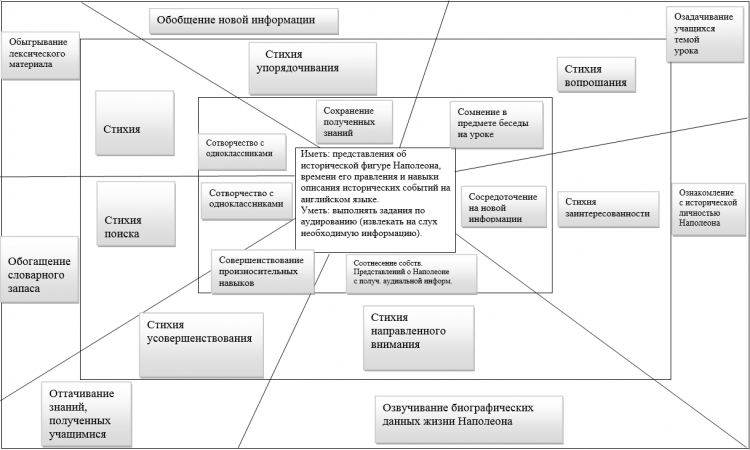
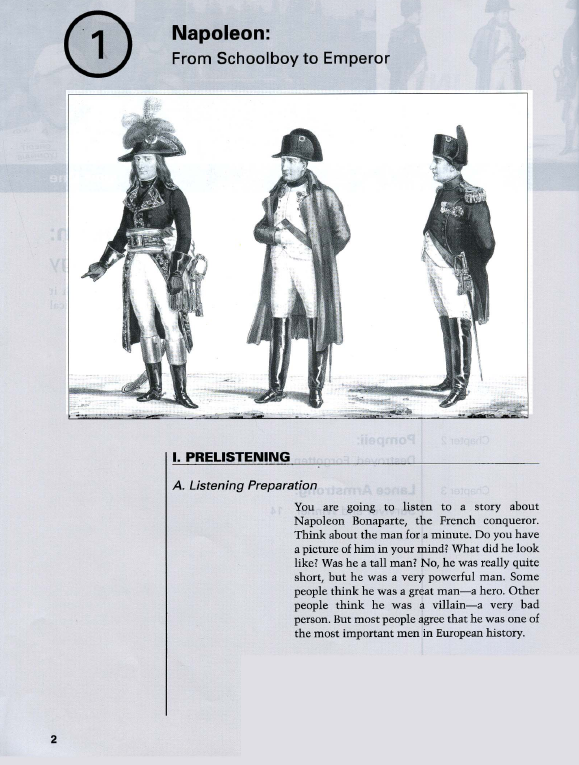

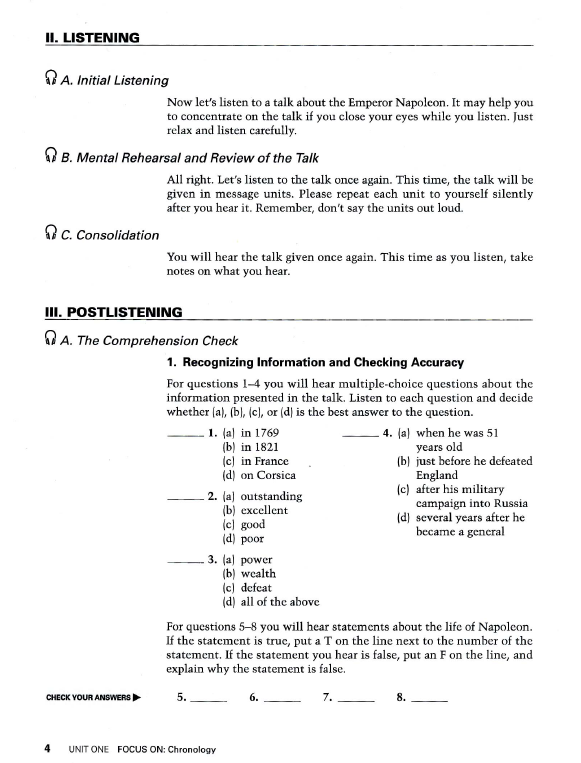
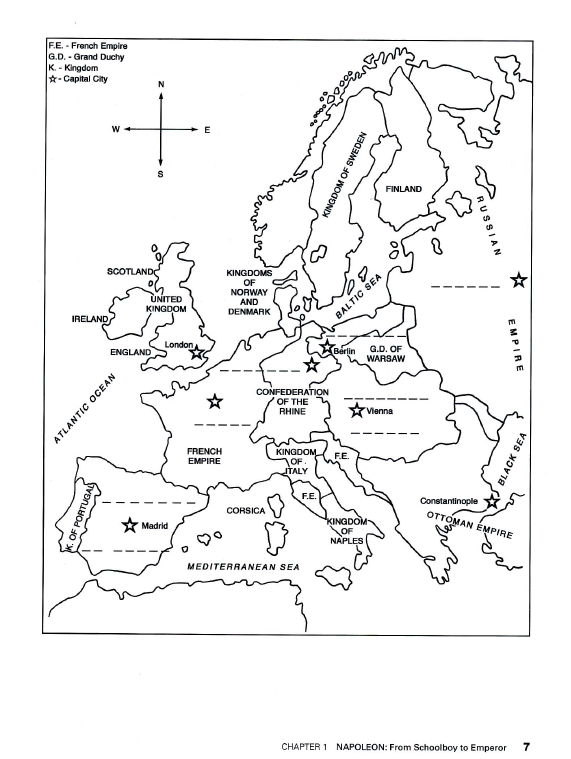

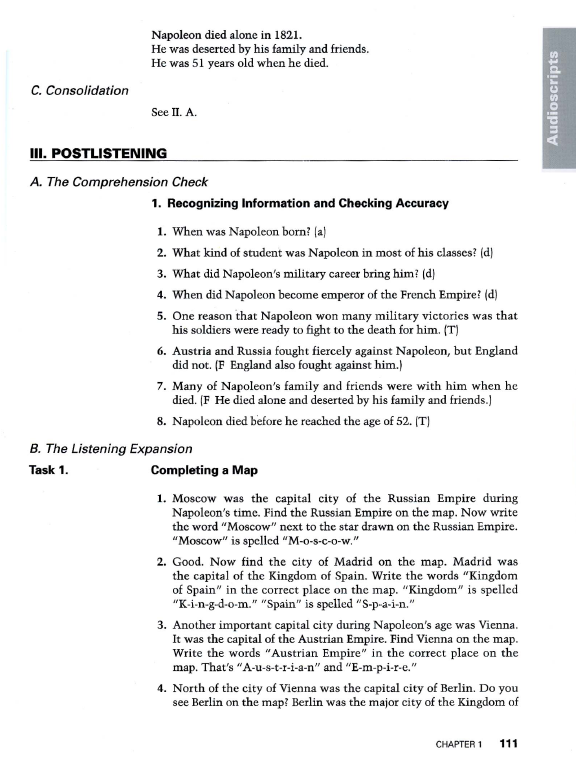
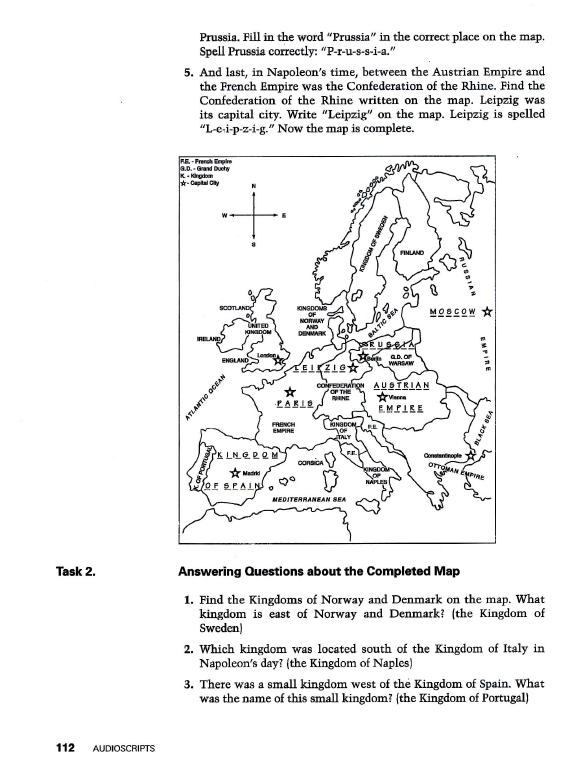
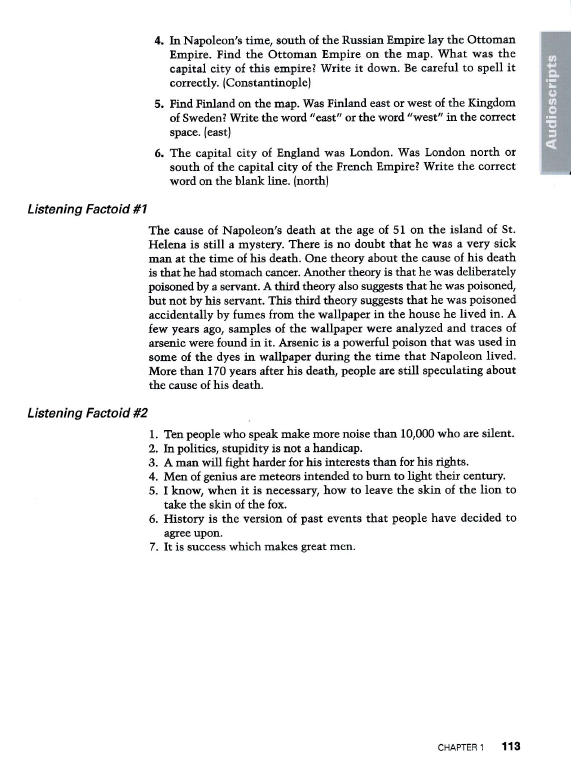
Приложение 1

Приложение 2. Раздаточный материал








